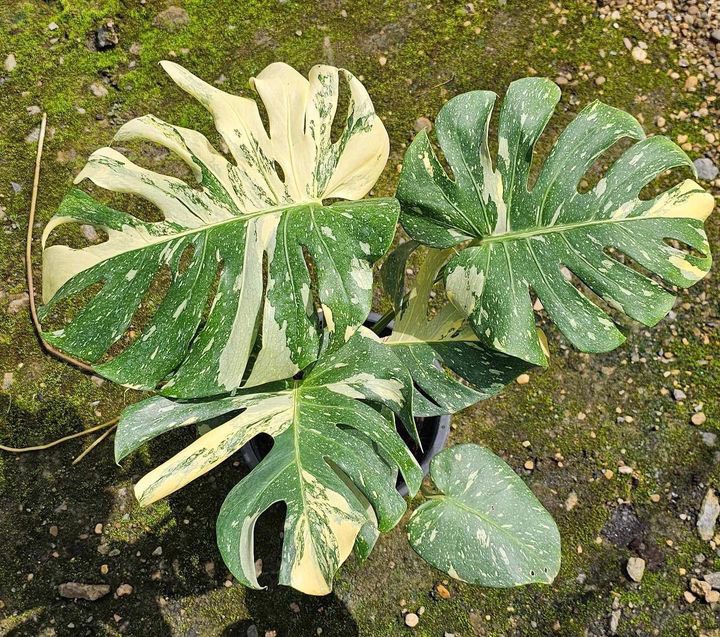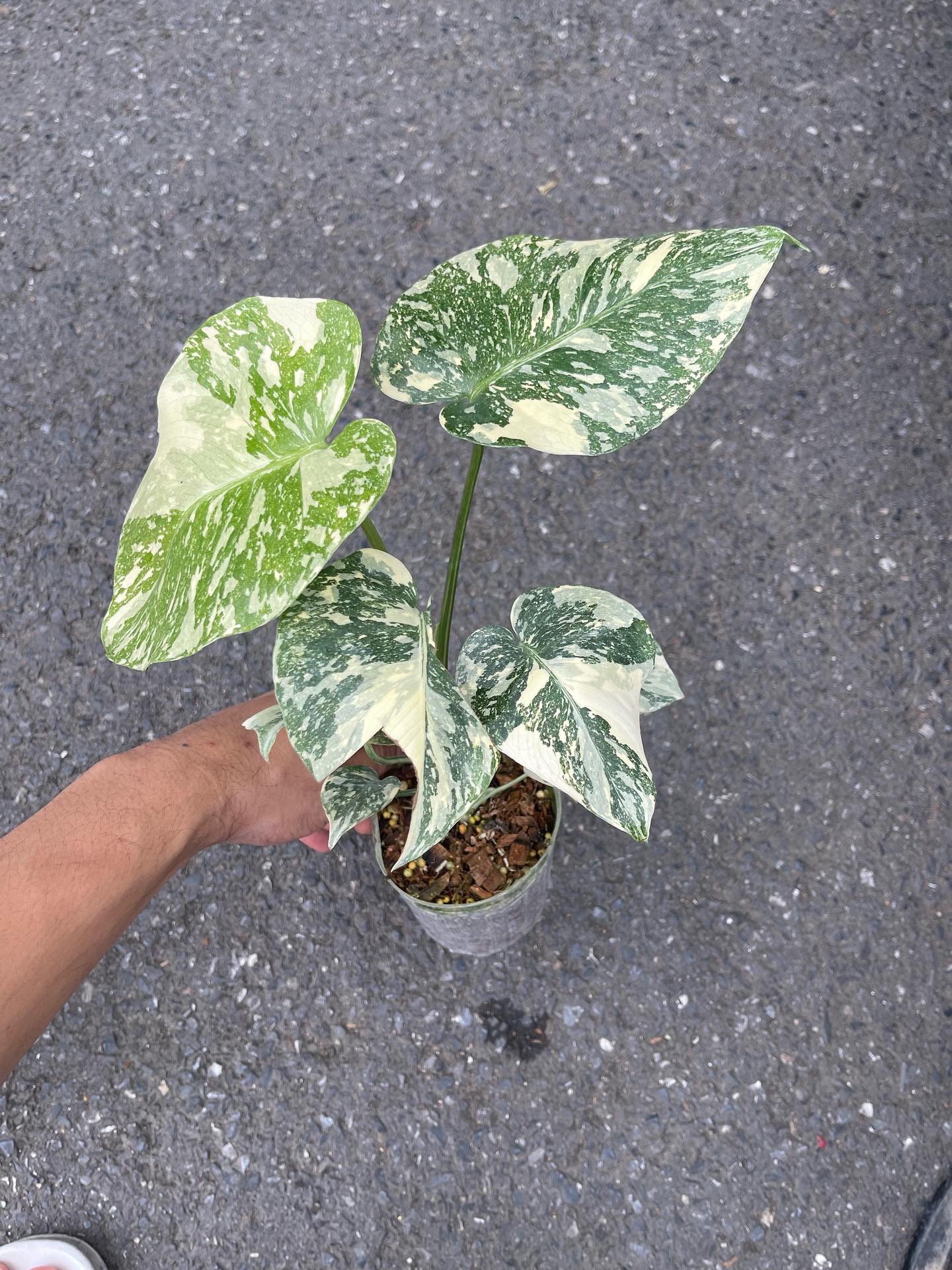Thailand is not only a land of breathtaking landscapes but also a treasure trove of botanical wonders. The rare plants of Thailand are not just beautiful to look at; they hold significant economic value and have diverse applications across various industries. In this deep dive, we’ll explore the richness of Thailand’s plant life and its impact on the economy and cultural life.
The Hidden Gems of Thai Flora
Rich Biodiversity with Economic Impacts
Thailand’s rare plants contribute substantially to its economy. The exotic flora, including sought-after species like the Monstera Thai Constellation and the Philodendron Joepii, has created a niche market. Collectors and horticulturists around the world are willing to pay a premium for these plants, making plant export a lucrative sector for Thailand.

Therapeutic and Medicinal Uses
Many of Thailand’s rare plants are not only aesthetic additions to homes and gardens but also have therapeutic properties. Some species are used in traditional Thai medicine to treat various ailments, contributing to the wellness industry and pharmaceutical research.
See more The Haven of Rare Botanical Treasures
The Role of Rare Plants in Thai Culture and Economy
Cultural Significance and Tourism
Thailand’s rare plants are deeply embedded in the cultural fabric, often used in religious and traditional ceremonies. They also attract botanical enthusiasts to the country, bolstering eco-tourism and supporting local economies.

Agricultural Advancements
Rare plants have contributed to agricultural advancements through selective breeding and biotechnology, leading to increased crop resilience and diversity, which benefits Thailand’s agricultural exports.
Sustainable Harvesting and Conservation Efforts
Eco-friendly Practices for Economic Sustainability
The Thai government and private entities like Greenboog Garden focus on sustainable harvesting, ensuring that the economic benefits of the plant trade do not come at the cost of ecological balance.
Conservation and Global Exchange
Conservation efforts are key to maintaining the economic value of rare plants. Botanical gardens and research facilities in Thailand work on preserving these species and sharing knowledge through global botanical networks.
Conclusion:
The rare plants of Thailand are more than just ornamental; they represent a fusion of ecological wealth and economic opportunity. Through careful cultivation, sustainable trade, and conservation, these plants continue to be an invaluable asset to Thailand, reflecting a harmony between nature and economic prosperity.

